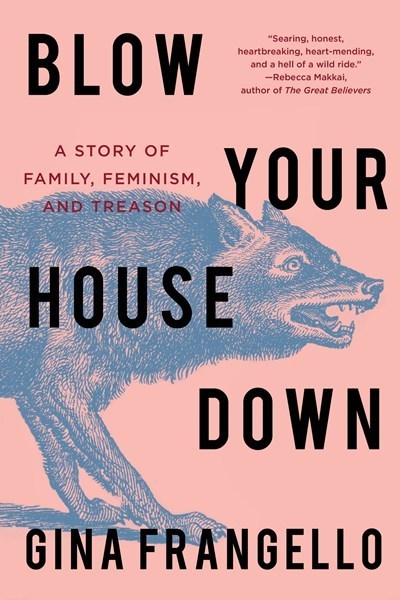Early in her debut memoir, Seeing Ghosts, journalist Kat Chow recalls one of the times her mom made a goofy Dracula face, an exaggerated grin with teeth bared. “When I die,” Chow’s mother told then 9-year-old Chow, “I want you to get me stuffed so I can sit in your apartment and watch you all the time.” This strange request haunted Chow in the years after her mother, Florence, born Bo Moi in 1950s China, died from liver cancer when Chow was 14. Florence’s too-early death informs this memoir, which delves into the quiet devastation of Chow, her two older sisters and their father, and how the family’s grief has shifted over the years. Along the way, Chow carries on a running conversation with Florence, addressing her and asking unanswerable questions.
Chow recounts both her own youth and episodes from the lives of her parents, immigrants who met and married in Connecticut and whom Chow portrays with love and candor. Florence’s playful but odd sense of humor served as an anchor for her three daughters. (She enjoyed hiding around corners, jumping out to scare her kids and then hugging them.) Wing Shek, Chow’s dad, became unable to throw anything away in the years after his wife’s death, and Chow portrays this reality with compassion, as well.
Late in the book, Chow recalls recent family trips to China and Cuba, which she spent searching for truer, more complete versions of the family stories she heard as a young person. For example, in Cuba, Chow looks for traces of her grandfather’s expat life as a restaurant worker in the 1950s. As Chow’s dad likewise searches for his father’s history, he begins to face his own long-lived but unspoken grief, and we see how far the family has come in their years without Florence.
Like the experience of grief itself, Seeing Ghosts is meditative, fragmentary, sometimes funny and occasionally hopeful.


























